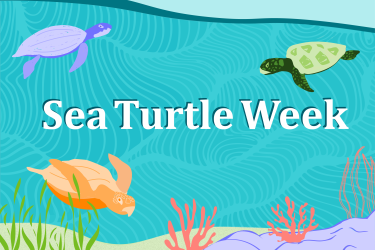Independent marine recreational bait and tackle retail stores provide a big boost to the U.S. economy, a NOAA study has found.
According to the study, the first economic survey of its kind, in 2013, the most recent year for which data is available, these retailers contribute approximately $2.3 billion across the broader U.S. economy, including $796 million in income. In addition, the industry supports nearly 16,000 jobs across the nation. NOAA Fisheries released these figures today at the 2015 International Convention of Allied Sportfishing Trades in Orlando, Florida.
“This study clearly shows the strong contribution of the bait and tackle industry to the economic health of our coastal communities and to the broader U.S. economy,” said Doug Lipton, NOAA Fisheries senior scientist for economics. “And it gives us a good baseline for measuring the economic impacts of these businesses as we move forward.”
Because the study focused only on independent businesses and not large retail chain stores, it captured only a portion of the entire U.S. bait and tackle industry’s contribution to the economy. However, the businesses surveyed generated an estimated $854 million in total sales of saltwater fishing bait and tackle. For those businesses specializing only in bait and tackle, the average retailer sold about $426,000 in saltwater bait, tackle and related equipment in 2013.
“Even though this study only captured a slice of an even bigger pie, this first-time economic assessment of the industry will help managers and regulators better understand the effect that changing conditions have on recreational fisheries and coastal communities,” Lipton said. “These data will also help quantify the effects of future natural disasters such as storms, hurricanes, or tsunamis.”
NOAA Fisheries surveyed 3,500 independent, primarily small, businesses for this study. Of the 944 responders, 35 percent classified themselves as bait and tackle stores that exclusively sell bait, tackle, and recreational fishing equipment. The remaining 65 percent of responding stores included sporting goods retailers, marinas, general retailers, convenience stores and hardware stores.


